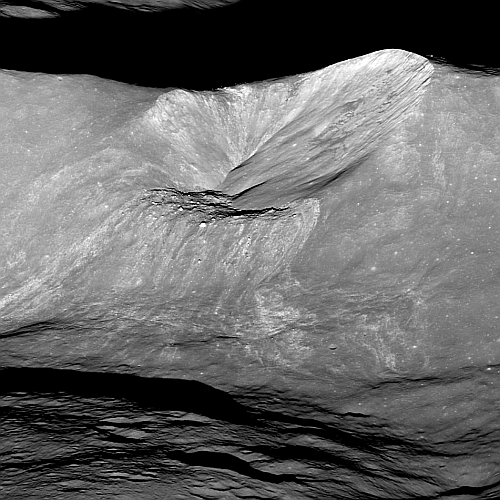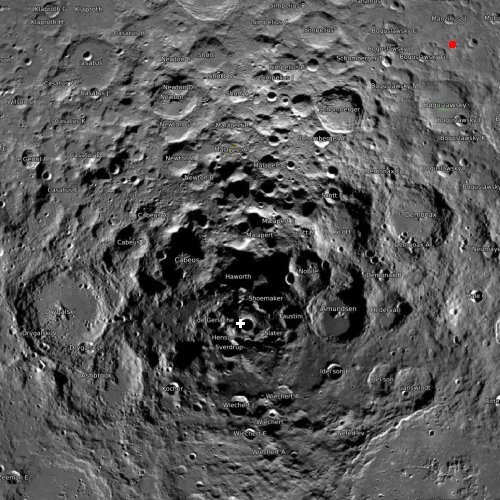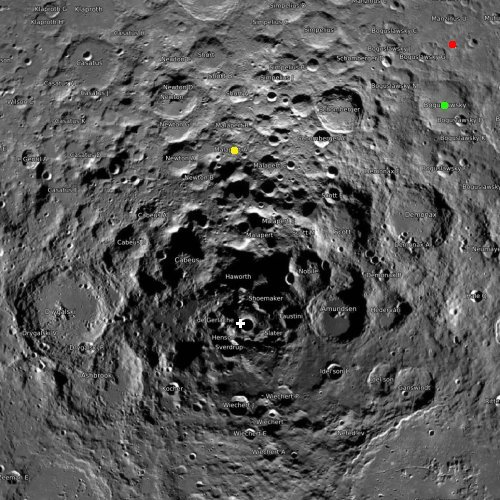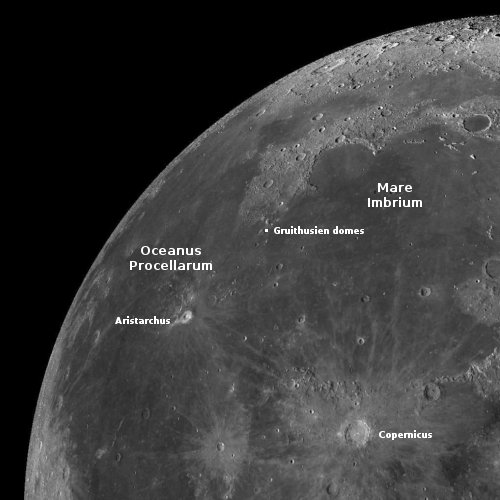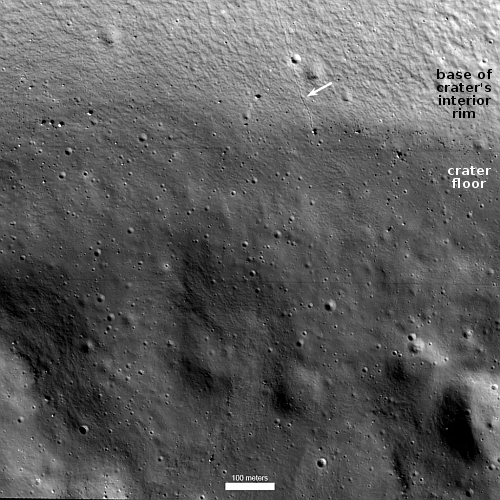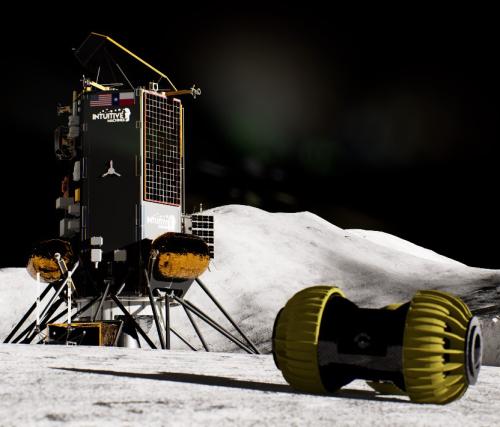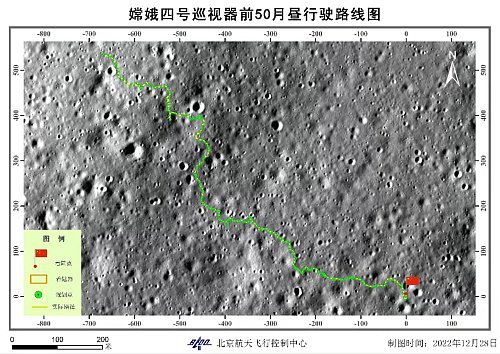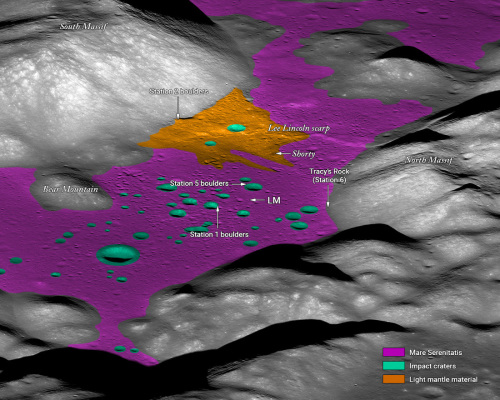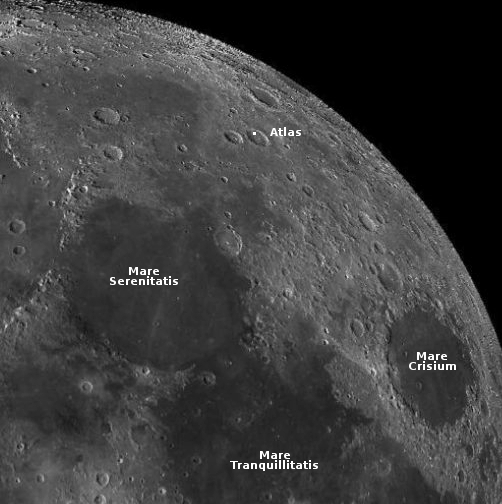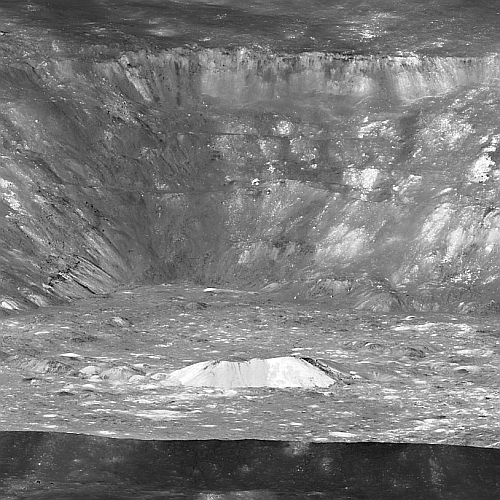February 23, 2023 Quick space links
Courtesy of BtB’s stringer Jay.
- Starfighters Space: A rocket startup company that uses a F-104 Star Fighter as its first stage
Mostly fantasy. The company claims to have a fleet of seven F-104s, but no second stage rocket yet, nor any date for when it will be ready. According to this slideshow [pdf] designed to garner investors, it will be based on hypersonic technology.
- Technical comparison between SpaceX’s Starship/Superheavy and Blue Origin’s New Glenn
The only comparison that really matters is that the former is about to fly for the first time, while the latter remains in an never-ending state of limbo.
- Rocket Lab completes dress rehearsal countdown for its next launch at Wallops
The company for pr purposes is making believe there is a competition between Wallops and its New Zealand launchsite as to who will launch first. Both are preparing to launch when ready — which is all the crews really care about, if the company is focused on the right things.
- Relativity announces March 8, 2023 for the first test launch of its Terran-1 rocket
The link takes you to Relativity’s live stream, set to go live in 12 days. As the first test launch, the possibility of failure is high, which makes the company’s willingness to live stream it quite courageous.
- Russia now targets a July 13, 2023 launch date for its Luna-25 Moon lander
Though this mission has been delayed endlessly, and Russia has also been forced to delay its later planned unmanned lunar probes due to its lack of certain components formerly obtained from the west before its invasion of the Ukraine, I now expect this launch to happen on that date or reasonable close to it.
Courtesy of BtB’s stringer Jay.
- Starfighters Space: A rocket startup company that uses a F-104 Star Fighter as its first stage
Mostly fantasy. The company claims to have a fleet of seven F-104s, but no second stage rocket yet, nor any date for when it will be ready. According to this slideshow [pdf] designed to garner investors, it will be based on hypersonic technology.
- Technical comparison between SpaceX’s Starship/Superheavy and Blue Origin’s New Glenn
The only comparison that really matters is that the former is about to fly for the first time, while the latter remains in an never-ending state of limbo.
- Rocket Lab completes dress rehearsal countdown for its next launch at Wallops
The company for pr purposes is making believe there is a competition between Wallops and its New Zealand launchsite as to who will launch first. Both are preparing to launch when ready — which is all the crews really care about, if the company is focused on the right things.
- Relativity announces March 8, 2023 for the first test launch of its Terran-1 rocket
The link takes you to Relativity’s live stream, set to go live in 12 days. As the first test launch, the possibility of failure is high, which makes the company’s willingness to live stream it quite courageous.
- Russia now targets a July 13, 2023 launch date for its Luna-25 Moon lander
Though this mission has been delayed endlessly, and Russia has also been forced to delay its later planned unmanned lunar probes due to its lack of certain components formerly obtained from the west before its invasion of the Ukraine, I now expect this launch to happen on that date or reasonable close to it.

